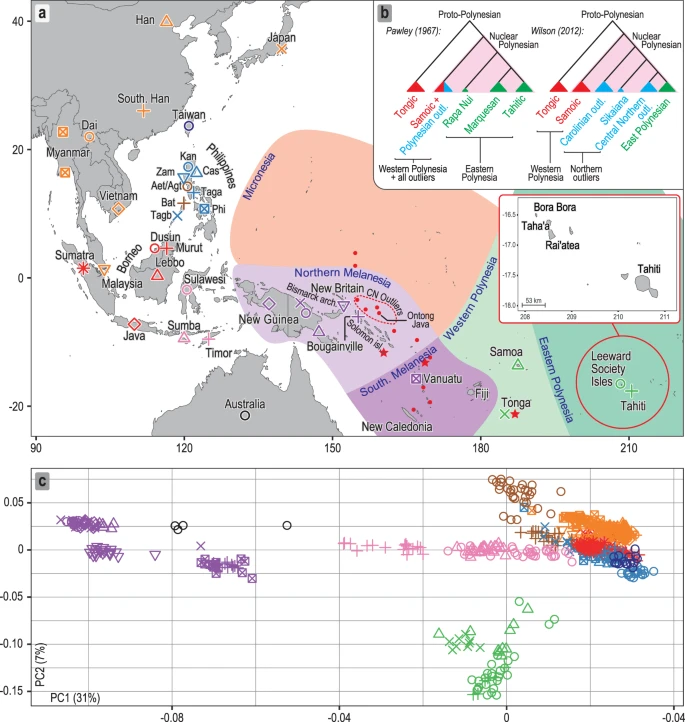- 23 Nov 2019 14:38
#15050446
Australia and the United States really need to keep an eye.
Al Jazeera wrote:Bougainville votes on independence from Papua New Guinea
The Pacific island chain of Bougainville has begun voting in a long-awaited referendum on independence from Papua New Guinea (PNG).
More than 1,000 people waited on Saturday morning to cast their ballots at one polling station in the main city of Buka, as others formed makeshift choirs that stomped through the streets, waving independence flags, blowing bamboo pipes and chanting in chorus.
"I am so happy," said 54-year-old Olitha Mokela. "I am going to rejoice and the bamboo band must play and I'll dance and go and vote."
About 207,000 Bougainvilleans are registered to vote and decide whether the Melanesian isles will become the world's newest country. Their choice is between full independence or greater autonomy within PNG.
Polls will stay open for two weeks to ensure those in remote villages have a say, with a result expected in December. Supporters of full independence are expected to win handily, although without reliable opinion polls, a surprise is always possible.
The vote caps a 2001 peace deal that ended a brutal decade-long war between Bougainville rebels, PNG security forces and foreign mercenaries. Up to 20,000 people were killed in the fighting, with thousands more displaced from their homes.
Some remarked that days of heavy rain preceding Saturday's vote were a sort of "baptism" for a community that still vividly remembers the pain of conflict.
"Many people fought," said 23-year-old Jessica Ota, who was born as the war still raged. If independence is gained, she said, those lost in the crisis "would not have died for nothing".
The 1988-1998 war had its roots in a struggle over revenues from the now-shuttered Panguna copper mine, which at one point accounted for more than 40 percent of PNG's exports. The mine is estimated to still hold more than five million tonnes of copper and 19 million ounces of gold - worth billions of dollars at current market prices.
Who controls that wealth is likely to be vital in determining whether a newly-born Bougainville succeeds.
If voters do choose independence, the decision would need ratification from the PNG Parliament, where there is anxiety that Bougainville could set a precedent and spur other independence movements within the diverse country. But rejection would risk rekindling former feuds and destroying the peace process.
"While many are expecting an overwhelming vote for independence, what that would look in terms of building an economy and breaking away from Papua New Guinea isn't entirely clear yet," Al Jazeera's Nicola Gage, reporting from the PNG capital, Port Moresby, said. "Another step before that though will take place here in the PNG Parliament, where the government also needs to approve any outcome."
John Momis, Bougainville regional president, cautioned excited voters on Saturday that the referendum was only one step in a long process and urged patience. "We should not rush things, we should take our time to ensure a good outcome," he said, adding that a final result "could be five years" away.
But in a sign of hopeful cooperation with the national government, Momis was accompanied to the polling station by Puka Temu, PNG's minister for Bougainville affairs. "The celebratory spirit around this particular day, I think it demonstrates the maturity of our leadership and the maturity of the people in Bougainville," Temu said.
Preparations for the voting were peaceful, and in recent weeks once-sworn enemies have taken part in tearful reconciliation ceremonies, where arrows were snapped to symbolise the end of a vicious conflict.
"There's been massive investment in terms of awareness-raising to ensure that the expectations of the voters be managed, to ensure that the understanding of the process be clear," said Gianluca Rampolla, the United Nations resident coordinator in PNG.
New Zealand is leading an international unarmed police contingent for the vote, backed by fellow witnesses to the 2001 peace agreement: Australia, Fiji, Solomon Islands and Vanuatu.
Since French explorer Louis de Bougainville arrived on the palm-fringed archipelago more than 200 years ago, control passed in turn from Germany to Australia, Japan and the United Nations before administration was handed over to Port Moresby. But the territory has historically shared a closer affinity with the neighbouring Solomon Islands than PNG.
Independence for Bougainville could instantly make the islands a new front in the battle for influence being waged between China, the United States and Australia across the South Pacific. They are among the poorest in the southern hemisphere and the need for cash to build infrastructure, develop institutions and balance the books "creates an opportunity for actors like China to get involved", said Jonathan Pryke of Sydney's Lowy Institute.
Al Jazeera
Australia and the United States really need to keep an eye.
O Lord our God arise,
Scatter His enemies
And make them fall;
Confound their politics,
Frustrate their knavish tricks,
On Thee our hopes we fix,
God, save us all!
Scatter His enemies
And make them fall;
Confound their politics,
Frustrate their knavish tricks,
On Thee our hopes we fix,
God, save us all!










 - By Rich
- By Rich